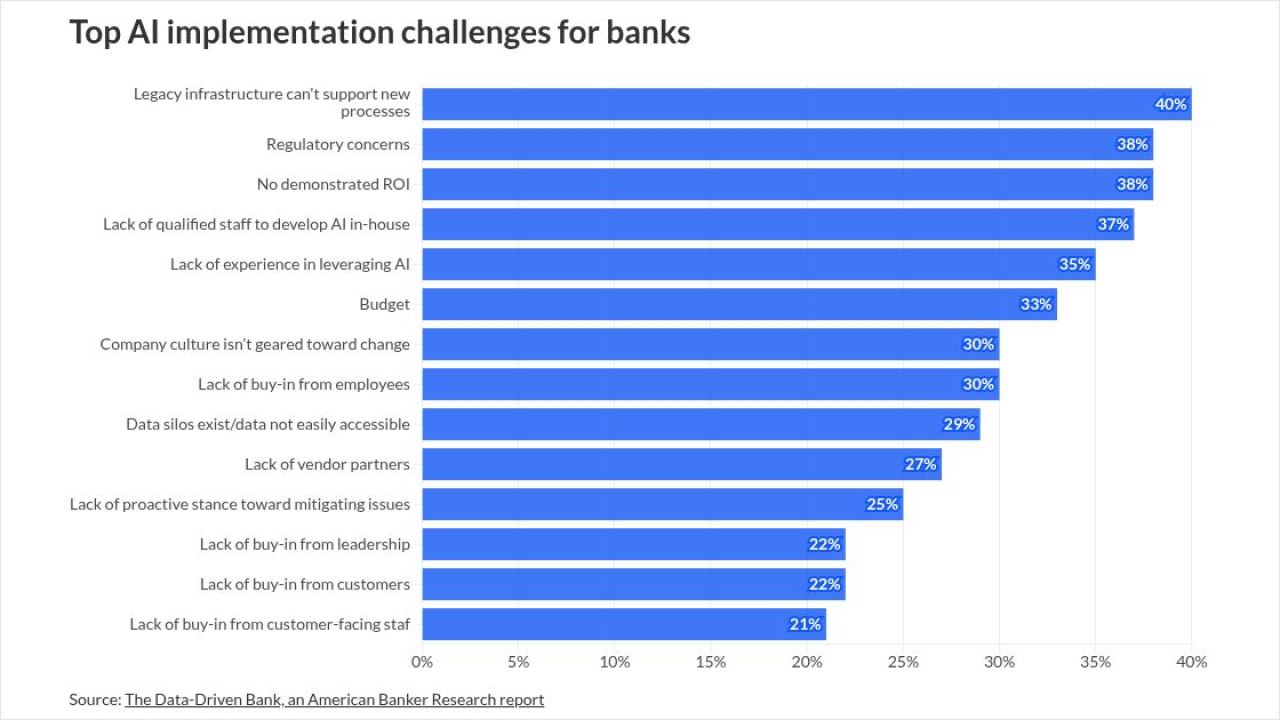Researchers have long noted that banks have made gains in the individual annuity business.
Past calculations have indicated that banks' share of individual annuity premiums rose steadily from 14.9% in 1990 to 19.9% in 1992, and then dropped slightly to 19.3% last year.
But these calculations have not used the more accurate insurance industry statistics that became available in 1990.
When these data are used, it becomes clear that banks are much bigger players in the individual annuity business than was thought.
For example, in 1993, the most recent year for which final figures are available, banks accounted for almost one-third of the nation's individual annuity premiums.
The reason for the underreporting is not that researchers have miscalculated how much in premiums banks are collecting. On the contrary, a number of researchers have done an excellent job of tracking individual annuity sales by banks.
Instead, researchers have misstepped when calculating the market share represented by bank sales volumes.
The mistake researchers made was to use figures listed under the "individual annuity considerations" column of "premium receipts of U.S. life insurance companies" in the American Council of Life Insurance's annual Life Insurance Fact Book Update.
The problem with this figure is that it is bloated, and thus makes banks' market share look smaller than it is.
This number includes premiums received in foreign markets and reinsurance assumed, net of any reinsurance ceded. It does not represent directly written annuity premiums generated solely by new sales in the United States.
The more accurate method for determining the individual annuity market share of banks is to use data from the "annuity premium receipts of U.S. life insurance companies by state."
First made available in the American Council's 1991 fact book, annuity premium receipts by state are direct premiums, exclusive of annuity premiums written overseas and premiums ceded or assumed via reinsurance.
One problem with this number is that it lumps together group annuity premiums with individual annuities on Schedule T of life insurers' annual statements.
But most group annuity premiums are classified by the American Council as "deposit administration funds."
So the U.S. total of "annuity premium receipts by state" is the figure that most closely approaches new individual annuity premiums paid each year to life insurance companies in the United States.
When the better data are used, bank market share of total individual annuity sales turns out to be considerably larger than previously thought.
Instead of collecting one-sixth of individual annuity premiums in 1991, banks received more than one-fifth.
And instead of having one-fifth of the market in 1992, banks accounted for more than one-fourth. In 1993, banks produced 32.2%, or nearly one- third of all individual annuity premiums generated in the United States.
This more accurate analysis provides new insights:
* The increase in worldwide individual annuity considerations indicates that U.S. life insurance companies are succeeding in foreign markets.
* While sales by banks have steadily increased, total domestic sales of annuities have been stagnant during this decade and actually declined in 1993. The decline is attributable to lower sales of fixed annuities as interest rates tumbled from 1990 through 1993.
* Growing sales of variable annuities have compensated for declining fixed annuity sales. According to the American Council, variable annuity premium volume almost quintupled from 1990 to 1993.
* Banks have collected almost 27% of individual annuity premiums since 1991.
* Finally, the data show that when monopolistic distribution is ended, consumers exercise their freedoms and buy more insurance products from banks.





